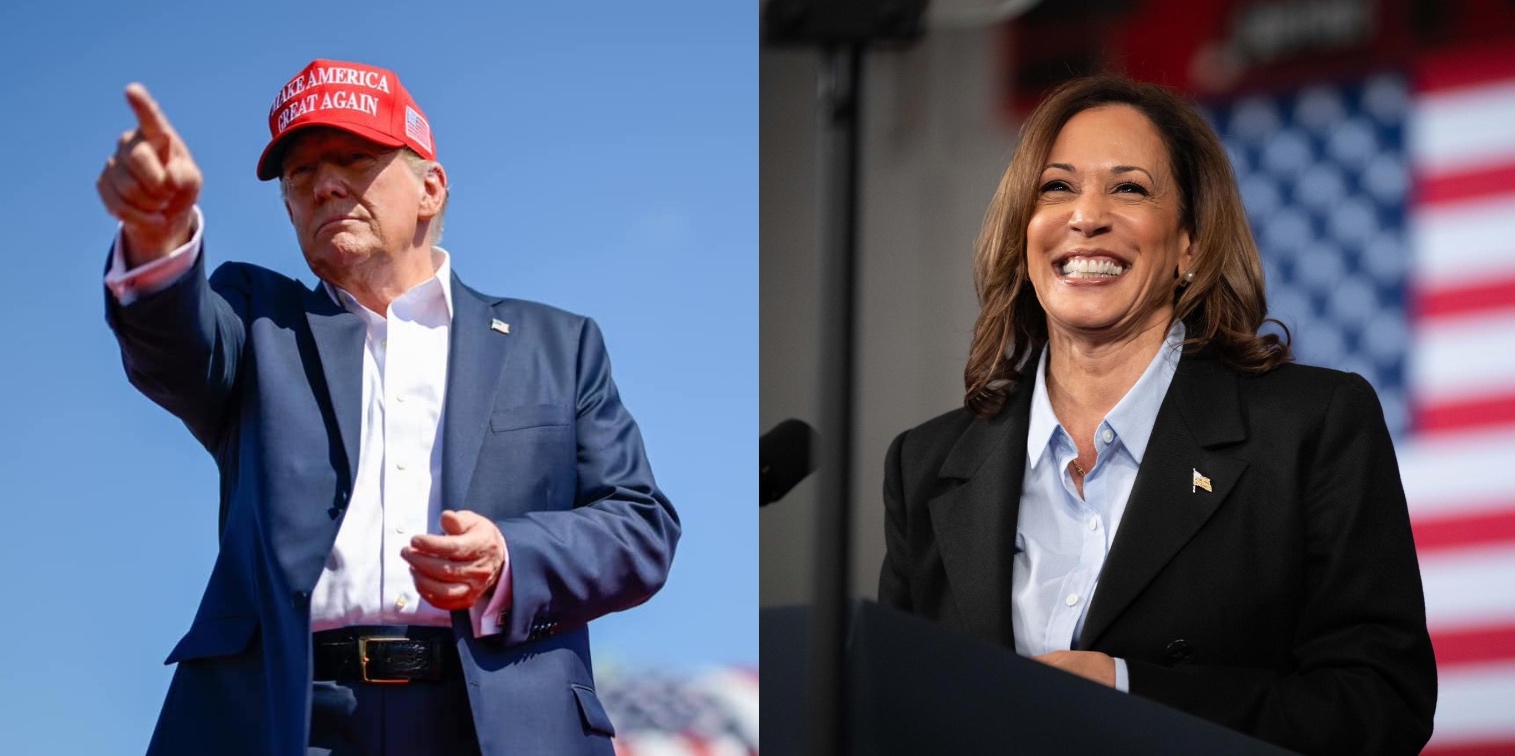Dan Guild is a lawyer and project manager who lives in New Hampshire. In addition to writing for Bleeding Heartland, he has written for CNN and Sabato’s Crystal Ball, most recently here. He also contributed to the Washington Post’s 2020 primary simulations. Follow him on Twitter @dcg1114.
So much has happened since the first presidential debate in June—it is hard to find another period in modern political history as tumultuous. A debate that ultimately drove a sitting president from the race. An assassination attempt on a former president. A badly conceived VP choice. Two conventions.
And after all of that, we come to what is probably the only debate between Vice President Kamala Harris and Former President Donald Trump. And the single most important piece of data as we head into this night is from the Siena poll for the New York Times, released over the weekend.
In that poll, 90 percent said they knew what they needed to know about Donald Trump. In the same poll, 28 percent said they needed to know more about Kamala Harris. Crucially this includes key portions of the Democratic coalition: 41 percent of Black respondents, 43 percent of Hispanics, and 53 percent of those under 30. The debate is her opportunity to lock down these groups.

Vice presidents are not well known, and Harris has been a candidate for just over 50 days. She is an unknown quantity to many, and her task is to reassure the core groups that she is up to the job. And honestly, that is all the September 10 is about.
Of course the holy grail for presidental debaters is that 30-second moment that seems to define the other candidate.
Senator Joe McCarthy, and the movement he led, was stopped when he was asked, “Have you no decency, sir?” During the Watergate hearings, Senator Howard Baker summed up the entire Watergate scandal when he asked, “What did the president know, and when did he know it?” I suspect Donald Trump will attempt to re-use Ronald Reagan’s famous close in 1980: “Are you better off now than you were four years ago”?
Harris has to this point been impressive. Since President Biden left the race she has taken the lead over Donald Trump, as this chart shows. I should note that the state average has historically been more accurate. The chart also shows the post-debate shift.

Speaking of the first debate—this chart includes the bounce from the first debate in context. Trump gained about 2 points after the first debate, which was not a very big bounce in historic terms. But given the closeness of the race, that was enough to drive a sitting president from seeking re-election.

Some basic lessons from debates of the past.
Debate bounces often don’t last. The debates had a pretty big effect on the last two presidential races. Hillary Clinton led by 2.6 percent going into the first 2016 debate. Her lead would climb to more 8 percent after the second debate. But her pre-debate average was very close to her final popular vote margin (2.1 percent).
The same was true in 2012: Barack Obama led by 3.8 percent going into the first debate. He even trailed after the first debate. But in the end, his final advantage in popular vote share was nearly identical to his pre-debate average.
Incumbents beware. Obama, George W. Bush, and Reagan in 1984 all saw significant declines after their first debate. In Reagan’s case, the cause was a poor performance and concerns that he was too old. (That concern was borne out in some ways during his second term.) John Kerry and Romney consolidated their bases in the first debates of 2004 and 2012, and both races closed significantly.
But WHO IS THE INCUMBENT HERE?
Practice your one-liners. “There you go again.” “You sir, are no Jack Kennedy.” The best punch is one short enough for a TV news clip.
Sometimes it isn’t the answer, it is the question. 1988 nominee Michael Dukakis never recovered from a question about the death penalty. CNN’s Bernard Shaw asked what the Democrat would do if his wife were raped and murdered. The unusual question seemed to call for a visceral response—which Dukakis did not provide.
Debates matter. President Gerald Ford closed the gap after his first debate with Jimmy Carter in 1976. George W. Bush changed the trajectory of the 2000 race in his debates against Al Gore. It often seems as if the debates allow a candidate to consolidate their party’s vote. That certainly happened in 1976 and 2012.
These are the polling averages before and after each debate. In some years it is not possible to differentiate between polling after one debate and before the next one.
Top photo of Donald Trump was posted on his campaign’s Facebook page on June 29. Top photo of Kamala Harris was posted on her campaign’s Facebook page on September 2.


1 Comment
How to win a debate
Harris won the debate before it started. She shook hand with Trump and said “Kamala Harris”. Which meant, You don’t know me and I will show you what I can do
Karl M Wed 11 Sep 8:32 AM